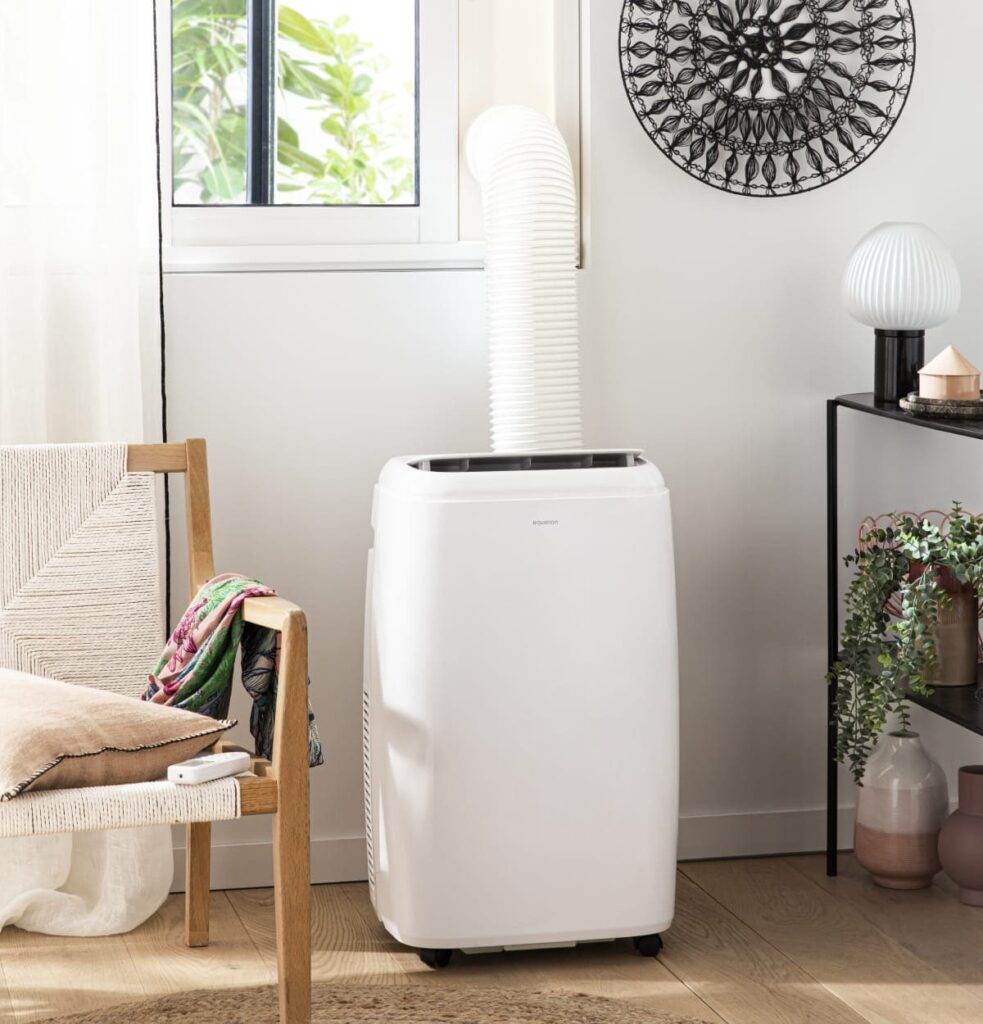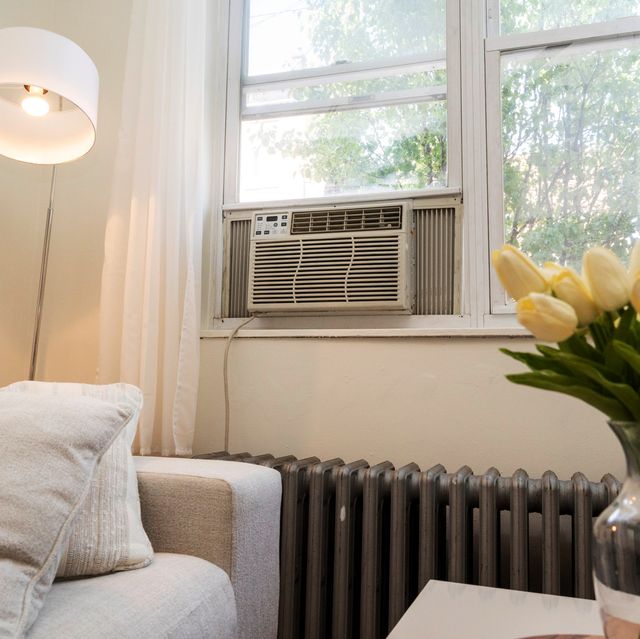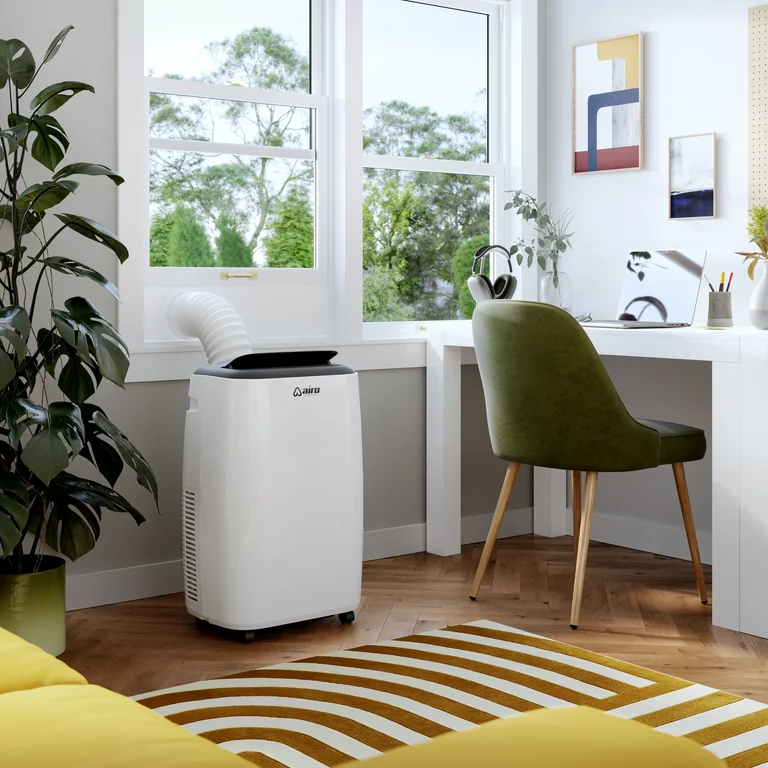The cooling capacity of an air conditioner is typically measured in British Thermal Units (BTUs) per hour. The general rule of thumb is that you need about 20 BTUs for each square foot of living space. However, this can vary based on factors such as insulation, ceiling height, windows, and local climate.
For a 9,000 BTU air conditioner:
- If you have good insulation and average conditions, it can typically cool a room of about 400-450 square feet.
- If the room has poor insulation or is subject to high heat loads (such as a lot of sunlight or many people in the room), the effective cooling area may be less.
Always refer to the manufacturer’s guidelines and specifications for the specific air conditioner model you are considering, as they often provide recommendations based on various factors to ensure optimal performance.
How does BTU relate to air conditioner cooling?

BTU, or British Thermal Unit, is a unit of measurement for energy. In the context of air conditioners, it is used to measure the cooling capacity of the system. The BTU rating indicates how much heat the air conditioner can remove from a room in an hour.
Here’s how BTU relates to air conditioner cooling:
Cooling Capacity
The primary purpose of an air conditioner is to remove heat from a space. The higher the BTU rating, the more heat the air conditioner can remove, and thus the greater its cooling capacity.
Room Size
The required BTU for a room depends on its size. Larger rooms require more cooling capacity. If an air conditioner has too low a BTU rating for a given space, it may struggle to cool the room effectively.
Insulation and Sunlight Exposure
Factors such as insulation and the amount of sunlight a room receives can impact its cooling needs. Well-insulated rooms may require fewer BTUs, while rooms with significant sunlight exposure or poor insulation may need more.
Occupancy and Appliances
The number of people in a room and the presence of heat-generating appliances (such as computers or kitchen equipment) also affect the cooling requirements. More people and appliances contribute to higher heat loads.
Climate
The climate of the region where the air conditioner is used is crucial. Hotter climates generally require air conditioners with higher BTU ratings.
To determine the required BTU for a room, you can use the following general guidelines:
- Small Rooms (up to 150 square feet): 5,000 to 6,000 BTU
- Medium Rooms (150 to 350 square feet): 7,000 to 10,000 BTU
- Large Rooms (350 to 550 square feet): 12,000 to 18,000 BTU
- Extra Large Rooms (over 550 square feet): 18,000 BTU and above
What are the guidelines for sizing a 9000 BTU air conditioner?

When sizing a 9,000 BTU air conditioner, it’s important to consider various factors to ensure it adequately cools the intended space. Here are some general guidelines:
Room Size
A 9,000 BTU air conditioner is suitable for rooms with an approximate size of 300 to 350 square feet. Measure the length and width of the room and multiply the two dimensions to get the square footage.
Insulation
Consider the insulation quality of the room. Well-insulated rooms may require less cooling capacity, while poorly insulated rooms may need more.
Sunlight Exposure
If the room receives a lot of sunlight, especially during the hottest parts of the day, you may need a slightly higher BTU rating.
Number of Occupants
The number of people in the room contributes to the heat load. For rooms with more occupants, you might need a slightly higher BTU rating.
Appliances and Equipment
If the room has heat-generating appliances or equipment, such as computers or kitchen appliances, it will increase the cooling load. Consider this when sizing the air conditioner.
Climate
The local climate also plays a role. In hotter climates, you might want to choose an air conditioner with a slightly higher BTU rating.
Here’s a general summary of where a 9,000 BTU air conditioner might be suitable:
- Room Size: 300 to 350 square feet
- Insulation: Well-insulated rooms may allow for the lower end of the range, while less insulated rooms may lean towards the higher end.
- Sunlight Exposure: Moderate to high sunlight exposure may require the higher end of the range.
- Occupancy: Suitable for rooms with a moderate number of occupants.
- Appliances and Equipment: Consider additional heat sources and adjust the BTU rating accordingly.
- Climate: Consider the local climate; hotter climates may require a slightly higher BTU rating.
FAQ’s
How many BTU do I need for a 12×12 room?
A 12×12 room is approximately 144 square feet, and a recommended range is 5,000 to 6,000 BTU.
Is 9000 BTU enough for a living room?
A 9,000 BTU unit is suitable for a living room around 300 to 350 square feet, depending on factors like insulation and sunlight.
Is 12000 BTU enough for a bedroom?
Yes, a 12,000 BTU unit is generally sufficient for a bedroom of around 400 to 450 square feet.
How many BTU per sq ft?
A common guideline is around 20 BTU per square foot, but this can vary based on factors like climate, insulation, and sunlight exposure.
How many kW is 9000 BTU?
One kilowatt is approximately equal to 3.414 BTU, so 9,000 BTU is roughly 2.635 kW.
Is 7000 BTU enough for a bedroom?
A 7,000 BTU unit is suitable for a bedroom of about 250 to 300 square feet, depending on specific conditions and factors like insulation.
Final Words
It’s crucial to choose the right-sized air conditioner for your space. We learned that BTU is a key factor, with factors like room size, insulation, and sunlight affecting the choice. For a 9000 BTU air conditioner, we discussed how to calculate the right room size and considered factors like high ceilings and heat sources. We also touched on energy efficiency and maintenance tips.
So, when picking a 9000 BTU air conditioner, keep your room size in mind, consider your specific conditions, and opt for an energy-efficient model for long-term savings and comfort.

